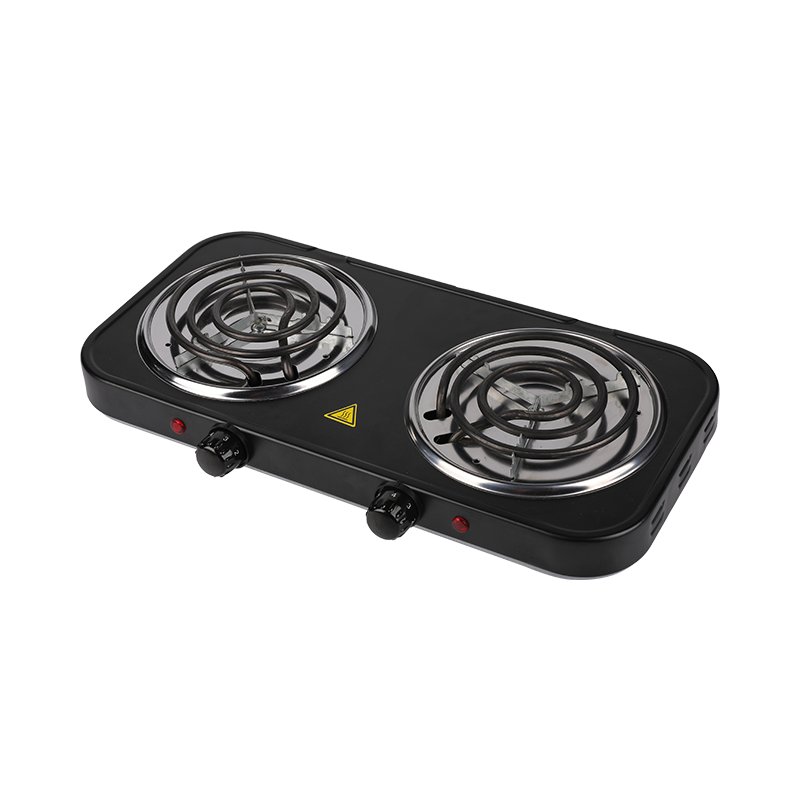Health and environmentally friendly saving single hot plate
Cat:Single Hot Plate
In the realm of sustainable culinary solutions, our company takes pride in presenting our innovative single hot plate, designed to embody the core val...
See DetailsSpiral heating hot plate units are showing increased interest in kitchen environments where space is limited or flexibility is required. The device’s plug-in nature, compatibility with standard cookware, and ability to serve as a supplementary burner or a mobile cooking surface align well with evolving living arrangements and cooking patterns.

Many households now feature kitchens that serve multiple purposes: living, working, entertaining, and even relaxing. In such scenarios, built-in cooking appliances may not be ideal or feasible. A spiral heating hot plate offers a portable solution that users can place, store, reheat, or move as needed. The shift toward flexible spaces and alternative cooking zones makes such devices a practical addition rather than a mere convenience.
Several factors drive the increased use of these burners. In smaller apartments, rental un, or temporary living spaces, residents often lack full-sized stovetops or may prefer a secondary surface for side dishes or warming. In shared housing, student accommodations, or multi-family dwellings, portable cooking units free up fixed appliances for communal use. Outdoor or mobile setups — such as kitchenettes on decks or in recreational spaces — also benefit from plug-in burners that accommodate standard cookware.
Manufacturers and designers have adapted burner designs to suit these evolving needs. Features include reduced depth for better fit on narrow countertops, dual-burner models to support simultaneous cooking tasks, improved drip trays and easy-clean surfaces, and clearly visible indicator lights. Some units now include adjustable feet for uneven surfaces, quieter fan operation, and improved insulation to reduce ambient heat. These adjustments make the spiral heating hot plate more viable for non-traditional cooking spaces.
For users, this means more flexibility: a burner that can be deployed in a hotel kitchenette, a studio apartment, a basement bar area, or as a portable flip-out unit for events. For those renovating kitchens or adding a cooking surface in a second space, the hot plate offers a lower-commitment alternative to installing a full burner. Its compatibility with existing cookware means fewer additional purchases and less worry about a mismatch.
When selecting one, users should review surface size relative to their largest pan, ensure power supply compatibility, and check that placement allows adequate ventilation. Because these units often go into atypical spaces, verifying the countertop material’s heat resistance and confirming stable level placement are important. Cleaning access is key – spilled food or residue may degrade performance if the burner is tucked into a corner or used infrequently.
As living and cooking patterns continue to evolve — with more people working from home, hosting smaller gatherings and using multi-functional spaces — each cooking surface needs to adapt. The spiral heating hot plate fits that evolution by offering a highly flexible solution without fixed installation constraints. Its ability to serve as a primary or auxiliary unit broadens its appeal and drives wider adoption.
If you are arranging a cooking space in a small dwelling, setting up a secondary kitchen area, or adding a portable unit for events or shared use, a spiral heating hot plate may be a smart choice. Evaluate the burner’s footprint, heat spread, ease of cleaning, and compatibility with your cookware. With thoughtful selection and proper placement, you can empower your cooking setup to match your living environment and routine more effectively.